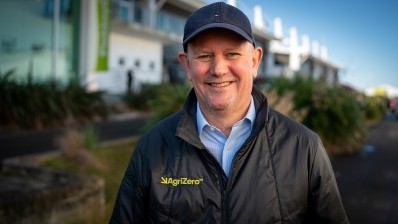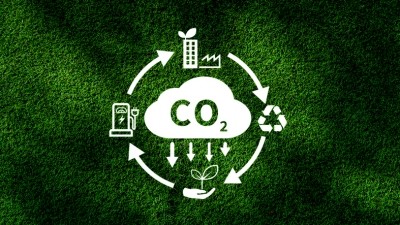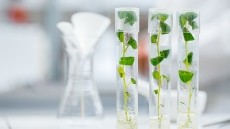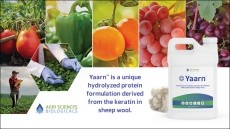Key questions from ADM’s regenerative agriculture report

The report, which can be viewed here, reveals that ADM exceeded its 2023 goal by reaching over 2.8 million regenerative agriculture acres, surpassing the two million acre target.
It is now targeting reaching 3.5 million regenerative acres in 2024 and has increased its 2025 goal from four million to five million acres globally.
In 2023, ADM's regenerative agriculture efforts reduced the company’s Scope 3 GHG footprint by 310,000 metric tonnes of CO2e and sequestered 263,700 metric tonnes of CO2 – equivalent to removing more than 135,000 cars from the road for a year. It said the expanded goal of five million acres by 2025 would have the potential of reducing and sequestering CO2 equivalent to what would be emitted by powering 125,000 homes for a full year.
The programme now spans seven countries and includes partnerships with over 28,000 growers of various crops including corn, soybeans, wheat, peanuts, cotton, sorghum, canola, and barley. In North America, ADM engaged 2,850 farmers across 23 states and three Canadian provinces.
The report details regenerative agriculture acreage in various countries, including Argentina (46,949 acres), Brazil (51,446 acres), India (88,956 acres), Serbia (3,438 acres), and the UK (10,835 acres). A survey of over 600 participating farmers in North America showed that 96% planned to participate again in 2024, and 87% were likely to recommend the programme to others.
“Consumers are demanding more sustainably sourced products, and farmers know that enhancing soil health and biodiversity, being more efficient with inputs, and improving carbon intensity are good for their businesses and critical for their futures,” said Greg Morris, president of ADM’s Ag Services and Oilseeds business.
“Practices vary significantly,” Paul Scheetz, ADM’s director of climate smart agriculture, told AgTechNavigator.
“We’ll might find cover crop adoption will work and has more positive impacts on soil health in the US south and the US Midwest than it does in the northern region, while no-tillage practices are something that farmers are more willing to adopt in the northern region.”
A ‘smorgasbord’ of incentives for farmers
ADM defines regenerative agriculture as an outcome-based approach focusing on soil health, biodiversity, climate, and water resources, based on five principles of land management. It offers several incentives to farmers to encourage the adoption of regenerative agriculture practices including financial and practice-based incentives and technical support.
Scheetz added that ADM designs its programmes to be commodity-specific, thanks to the “dynamic” nature of farming, which is constantly evolving to meet changing environmental, economic, and technological challenges.
“We set benchmarks in each one of our regions for farmers to be able to beat those benchmarks that allows the farmer to pick a smorgasbord of levers that they can ultimately pull to reduce their carbon intensity.”
ADM's regenerative agriculture efforts are designed to meet its sustainability commitments. It also needs respond to consumer preferences for sustainably sourced products. ADM is collaborating with major companies like PepsiCo, Nestlé, and Carlsberg to enhance its impact on sustainability and help create more sustainably sourced products.
“We've seen an increase of requests from our downstream customers,” said Scheetz. “It's a collaborative effort of meeting with farmers, understanding the hurdles that may come with executing these practices, providing the funding opportunities to farmers for these for these programmes as well, and then just driving home the point that there's value in regenerative agriculture.
“Showing farmers that this is a supply chain programme and that the practices and the commodities that they're growing are valued by these downstream customers is very critical and helps us differentiate ourselves from your offset type of markets.
“All of our programmes are supply chain inventory programmes, where we're able to get primary data from the farmer, not only on the practices that we're incentivizing, but all of their field level actions. So we can have an emission factor associated with the commodity that we're sourcing, and then we can pass it on to our downstream customers for their greenhouse gas, scope, three inventory, which is purchased goods and services.”
“It’s not enough for a company to say, ‘we support regen ag’, added Morris. “At a time of growth and discovery, when so much is still undefined, it’s important to back up claims with data, to be specific in goals and outcomes, to show in addition to telling, so all of our stakeholders can see what our commitment means and how it translates to results.”





















